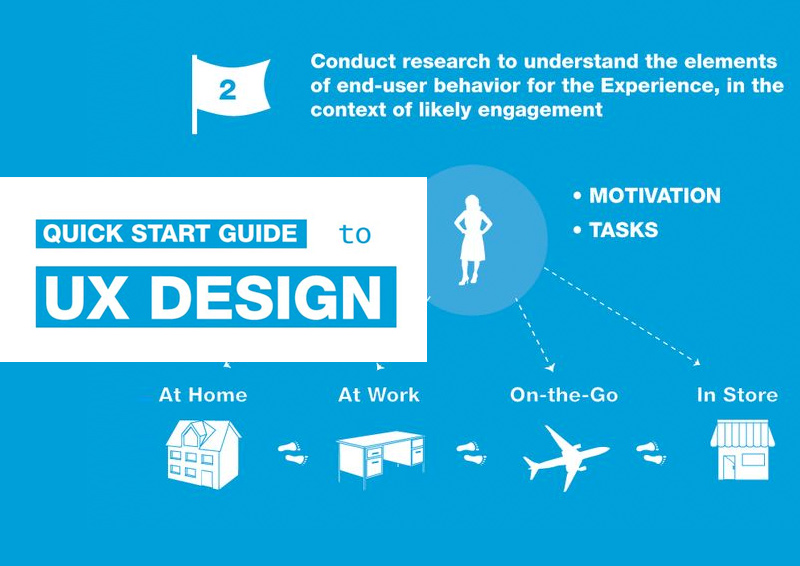Join Us As We Start A Trip Via Time, Exploring The Advancement Of Internet Site Layout And Exactly How It Has Actually Influenced The Electronic Landscape
Join Us As We Start A Trip Via Time, Exploring The Advancement Of Internet Site Layout And Exactly How It Has Actually Influenced The Electronic Landscape
Blog Article
Writer-Carstens Harding
In the past, internet sites were simple and focused on information. Navigating was straight, and design was for desktops. Currently, individual experience is vital. Information overviews layouts for simple navigating. Responsive layouts fit different gadgets. Today, dark setting reduces strain, and minimalist menus improve navigation. Interactive attributes involve users, and bold visuals stand apart. AI integration boosts interaction. See how layout has actually progressed to enhance your on the internet trip.
Very Early Days of Website Design
In the very early days of web design, simpleness preponderated. Sites were standard, with restricted colors, fonts, and layouts. The emphasis got on giving info instead of showy visuals. Users accessed the internet via slow dial-up links, so rate and performance were essential.
Navigating menus were straightforward, usually situated at the top or side of the page. Sites were made for home computer, as mobile browsing had not been yet common. Web content was king, and designers prioritized very easy readability over complex style components.
HTML was the main coding language utilized, and designers needed to function within its restraints. Animations and interactive functions were marginal compared to today's requirements. Web sites were static, with little vibrant content or tailored individual experiences.
Increase of User-Focused Layout
With the advancement of internet site layout, a change towards user-focused design principles has come to be progressively famous. Today, developing websites that prioritize customer experience is important for involving visitors and accomplishing organization objectives. User-focused style involves recognizing the demands, choices, and actions of your target market to customize the internet site's layout, web content, and features as necessary.
https://cristianxhdvo.blogsidea.com/36113443/looking-to-boost-your-brand-name-s-on-line-exposure-and-achieve-digital-advertising-success-our-specialist-solutions-can-aid-you-unlock-the-secret-to-changing-your-company-and-taking-it-to-new-heights carry out extensive study, such as individual surveys and use testing, to gather understandings and feedback straight from users. This data-driven strategy assists in creating intuitive navigation, clear calls-to-action, and visually appealing user interfaces that resonate with site visitors. By placing requirements for ada compliant website at the facility of the layout process, websites can supply a much more customized and satisfying experience.
Receptive design has additionally become a key aspect of user-focused design, making certain that websites are optimized for numerous devices and display sizes. This adaptability improves access and functionality, catering to the diverse methods users engage with sites today. In essence, the increase of user-focused layout signifies a shift towards producing digital experiences that prioritize the requirements and assumptions of completion customer.
Modern Trends in Website Design
Discover the most recent patterns shaping website design today. great post to read is dark mode design, supplying a streamlined and modern look while decreasing eye strain in low-light settings. Another vital trend is minimalist navigation, streamlining food selections and boosting user experience by focusing on essential elements. Including micro-interactions, such as computer animated switches or scrolling impacts, can produce a much more interesting and interactive website. Responsive layout stays crucial, making certain smooth individual experiences throughout different tools. In addition, making use of strong typography and asymmetrical designs can include visual interest and accentuate certain web content.
Integrating AI innovation, like chatbots for consumer assistance or customized referrals, enhances customer involvement and simplifies processes. Ease of access has also come to be a considerable fad, with developers prioritizing comprehensive layout techniques to deal with varied individual requirements. Accepting sustainability by enhancing web site performance for rate and effectiveness is one more emerging fad in web design. Teaming up with individual responses and information analytics to repeat and enhance design constantly is essential for staying appropriate in the ever-evolving electronic landscape. By accepting these modern-day patterns, you can create a visually attractive, straightforward website that reverberates with your target market.
Final thought
As you assess the development of web site design from the early days to currently, you can see how user-focused layout has come to be the driving force behind contemporary fads.
Accept the trip of adjustment and adjustment in web design, constantly maintaining the user experience at the forefront.
Stay present with the current fads and innovations, and never stop developing your method to produce aesthetically spectacular and straightforward sites.
Advance, adapt, and create - the future of website design remains in your hands.
